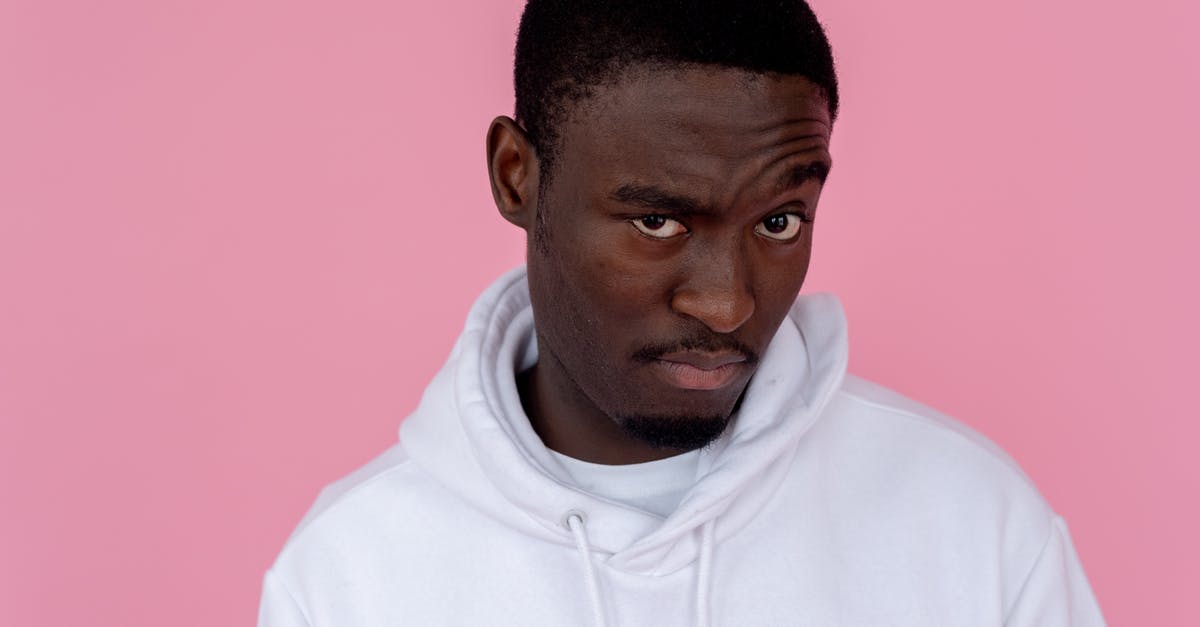When is an actor's appearence considered a cameo?

What are the "guide lines" to define an actor appearence as a cameo?
Are there some specs to define it? For example, max time on screen, max scene, max lines...
Best Answer
There really isn't one. The only reason there would be is if SAG had a special "cameo rate", which it doesn't*.
Based on the examples I've seen, they're generally:
- one or two scenes
- big-name, recognizable actor in an otherwise minor role
- unexpected - generally not announced in advance, no credit in the opening cards to keep the secret a surprise
- occasionally playing themselves
- can be non-speaking but generally has at least one line
- often (if not always) comedic
All of this correlates nicely to the Wikipedia article:
A cameo role or cameo appearance is a brief appearance or voice part of a known person in a work of the performing arts, typically unnamed or appearing as themselves. These roles are generally small, many of them non-speaking ones, and are commonly either appearances in a work in which they hold some special significance (such as actors from an original movie appearing in its remake), or renowned people making uncredited appearances. Short appearances by celebrities, film directors, politicians, athletes or musicians are common. A crew member of the show or movie playing a minor role can be referred to as a cameo as well, such as Alfred Hitchcock's frequently performed cameos.
I'm personally not a fan of using the term to refer to someone taking a role who is generally unknown to the audience and I think that this use is slowly decreasing. It may be an "in-joke cameo" to the production but it will generally go unnoticed to the audience... so that means one has to wonder why it needs to be called out as such compared to all of the other unknown actors in a film with bit parts. The one exception to this for me would be if the film is based on a true story and one of the people portrayed in the film appears either as them self or as another character (a grandparent, for example).
*SAG does have an "extras" (or "background performers") rate for feature films... and TV shows... but this has more rules than the commonly known "if you don't speak, you're an extra". The actual rule for extras requires that the individual extra not be integral to the plot in some way. So a non-speaking character that interacts with the main characters in a meaningful way would not be considered an "extra".
Pictures about "When is an actor's appearence considered a cameo?"



Why do actors make cameos?
For talent big and small, Cameo gives people a way to make money directly from their celebrity, and the service puts fans directly in touch with the artists they appreciate.What is cameo in cast?
A cameo is a small role performed by a well-known actor or director, often limited to a single scene, with the casting done specifically because of who they are, not because of their acting talents. Examples of cameos are Alfred Hitchcock's appearances in his films and Stan Lee's brief appearances in Marvel films.Matt Damon Talks About What it Takes to Succeed as an Actor
Sources: Stack Exchange - This article follows the attribution requirements of Stack Exchange and is licensed under CC BY-SA 3.0.
Images: SHVETS production, Yogendra Singh, Keira Burton, Andres Ayrton
